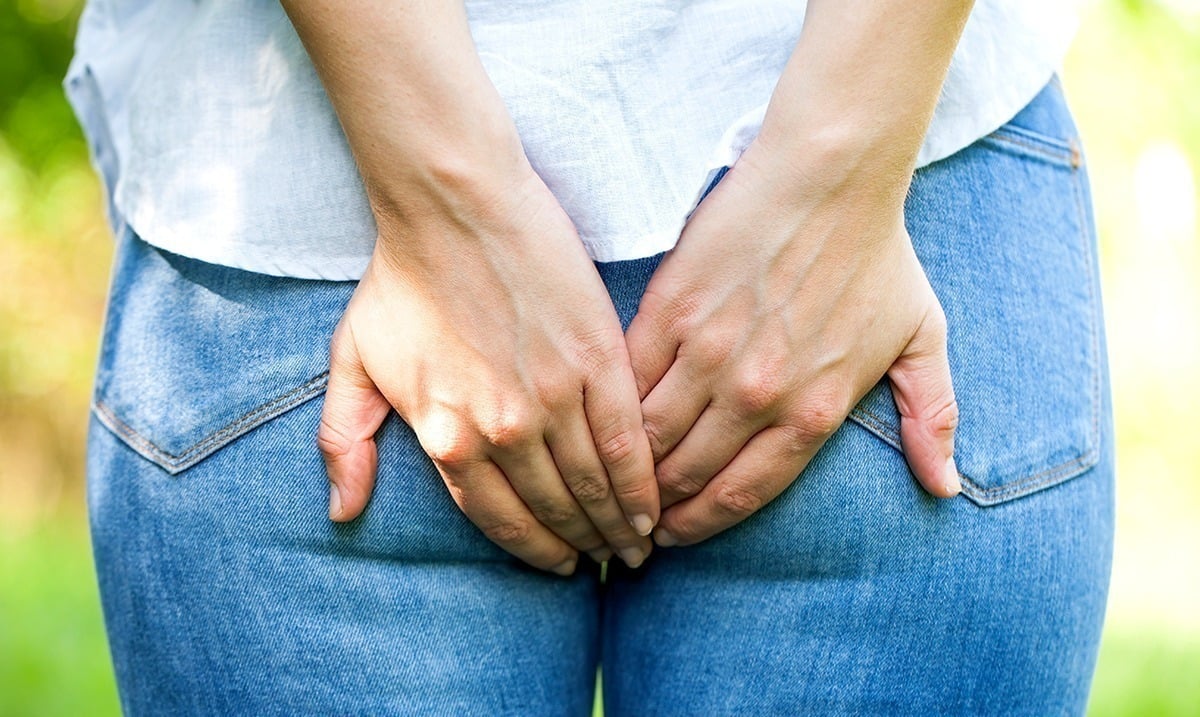Dead butt syndrome is something not a lot of people are aware of and it seems to be a growing issue especially for those who spend a lot of time sitting down. This condition can be quite painful and is something that everyone needs to be aware of.
Dead butt syndrome DBS as it is most commonly called is technically known as gluteus medius tendinopathy GMT. This is a condition that affects the lesser-known one of the smaller muscles in the buttocks itself. This muscle is the gluteus medius and it provides stability and supports our hips and pelvis. When this muscle becomes inflamed lots of issues can arise.
Utah Orthopedic Centers website notes as follows in regards to the symptoms of DBS:
The most common symptoms of DBS are stiffness, pain and strength loss in the hip. The pain typically worsens during weight-bearing exercise, including running, walking or climbing. For many patients, the pain radiates down the thigh, similar to the symptoms of sciatica and hamstring tendinopathy.
Many patients also report pain when lying on the affected hip in bed, as well as stiffness or pain during the night and upon rising in the morning.
If DBS progresses beyond the initial stage, the hip bursa may become inflamed (trochanteric bursitis), causing swelling, tenderness, redness or warmth in the hip.
To diagnose GMT, the doctor will take a detailed medical history and determine the nature and extent of your symptoms. Imaging, including X-rays and MRI, are not effective for diagnosing dead butt syndrome but may be used to rule out other potential causes of your symptoms.
Sitting for long periods in front of a desk or in a car can cause dead butt syndrome which is something we all need to know. In a lot of cases, the weakness happens gradually and people end up quite unaware of what happened to cause the pain they are feeling. If you are someone who lives a very sedentary lifestyle chances are the muscles in your gluteus medius are becoming weaker if you’re not doing something to work them out.
Exercising each day can help combat this and taking about 20 minutes to stand per 40-60 minutes of sitting will really benefit you when it comes to preventing this issue in the first place. Some of the best and most simple exercises you can add to your life to specifically target the gluteus medius are side-lying leg lifts, standing hip abduction, glute squeezes and the seahorse yoga pose. If you are sitting long enough for your buttocks to literally ‘fall asleep’ you need to start taking the health and functionality of your rear end into consideration.
The Website Self when speaking to the co-founder of Bespoke Treatments Physical Therapy shared some things no one should go without knowing:
“When you sit all day, basically what happens is your glutes shut down,” Dan Giordano, D.P.T., C.S.C.S., and co-founder of Bespoke Treatments Physical Therapy, tells SELF. Since your glutes impact your hip movement, pelvis rotation, and pelvic stability, what’s bad for your butt is actually bad for your entire body. After all, everything is connected. And since your glutes are responsible for so much movement in your daily life and workouts, it pays to keep them healthy.
An inactive gluteus can throw off posture and cause back pain.
When you sit for long periods of time, especially with poor posture (which, Giordano notes, the vast majority of us are doing), your hip flexors tighten up and prevent activation of the glutes. “When this happens, your pelvis can’t rotate forward, causing compression in the lower back which can lead to back pain,” Giordano says. Over time, if it goes unchecked, this can lead to chronic pain. Of course, you’re not likely to experience any negative effects after a few weeks or months of sitting for most of the day. But after a while, it does start to add up.
It can even cause pain in other parts of the body.
“If hips or glutes aren’t working properly, it can increase impact force all the way to the knees and ankles,” Giordano says. When the big muscle (the butt) isn’t pulling its weight, the pressure and force relocate to these weaker spots.
This meaning the pain you’re feeling elsewhere could still be stemming from your butt. The less you activate these muscles the weaker they will become and that forces you to struggle when it comes to strength and mobility in a number of ways. To keep your butt alive and well, please check out the video below and keep the things noted above in mind.

